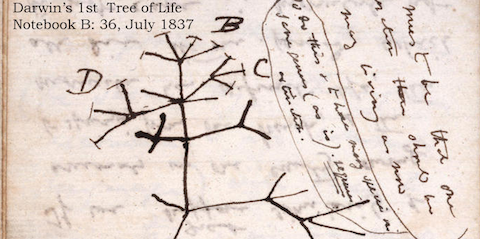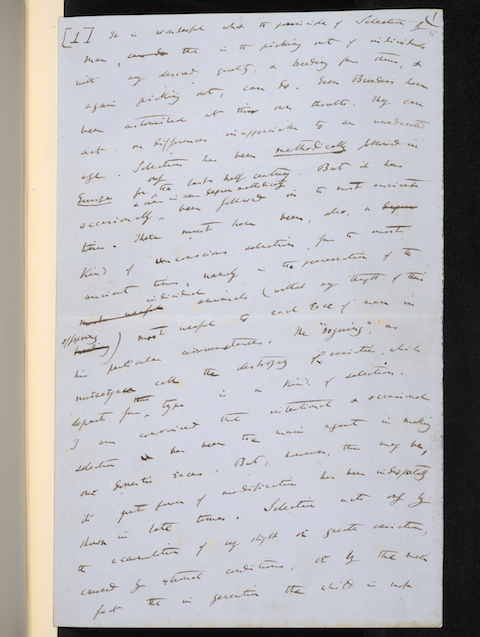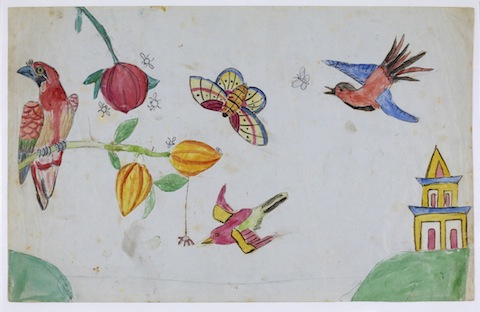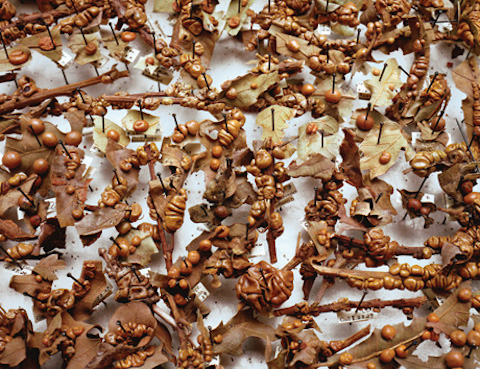Without shame the man I like knows and avows the deliciousness of his sex,
Without shame the woman I like knows and avows hers.
Thus spaketh Walt Whitman in Leaves of Grass. 160 years after that poem’s publication, how might that most American of American Romantics react to the spectacle of an attractive young woman pleasuring herself with his work, as an unseen hand beneath the table surreptitiously pleasures her with the Cadillac of vibrators?
The peephole is much larger than it would’ve been in 1855. Hysterical Literature was conceived as an online project in which each session’s featured female participant chooses a resonant text, then reads it aloud until a Hitachi Magic Wand puts an end to her ability to form coherent sentences.
Creator Clayton Cubitt has complained that the orgasmic element and the status of certain celebrity participants like comedian Margaret Cho have preoccupied the press. His preference is for viewers to take a more holistic approach, viewing the experience with some “mystery and magic and ‘WTF.’”
Accordingly, let us focus upon some of the selected works:
Beloved by Toni Morrison
Sexing the Cherry by Jeanette Winterson
The Necrophilia Variations by Supervert
Really, no Anaïs Nin? I would’ve thought…
The most recent contributor to the series is also its oldest, 60-year-old Janet, below, who had to take leave of Whitman’s pal, Ralph Waldo Emerson, not once but twice in eight minutes.
Cumulatively, these sessions make a marvelously frank primer for actors or directors charged with creating realistic sex scenes. The dichotomy of Hysterical Lit’s staging ensures that things are fairly respectable above the waist, thus satisfying YouTube’s Community Guidelines.
Daring female lovers of literature should be advised that Cubitt seeks to include more women of color, older participants, and non-English texts. No word on who exactly is under that table. Drain your pent-up rivers by applying here.
Related Content:
This is Your Brain on Sex and Religion: Experiments in Neuroscience
An Introduction to World Literature by a Cast Of Literary & Academic Stars (Free Course)
Ayun Halliday is an author, illustrator, and Chief Primatologist of the East Village Inky zine. Follow her @AyunHalliday






